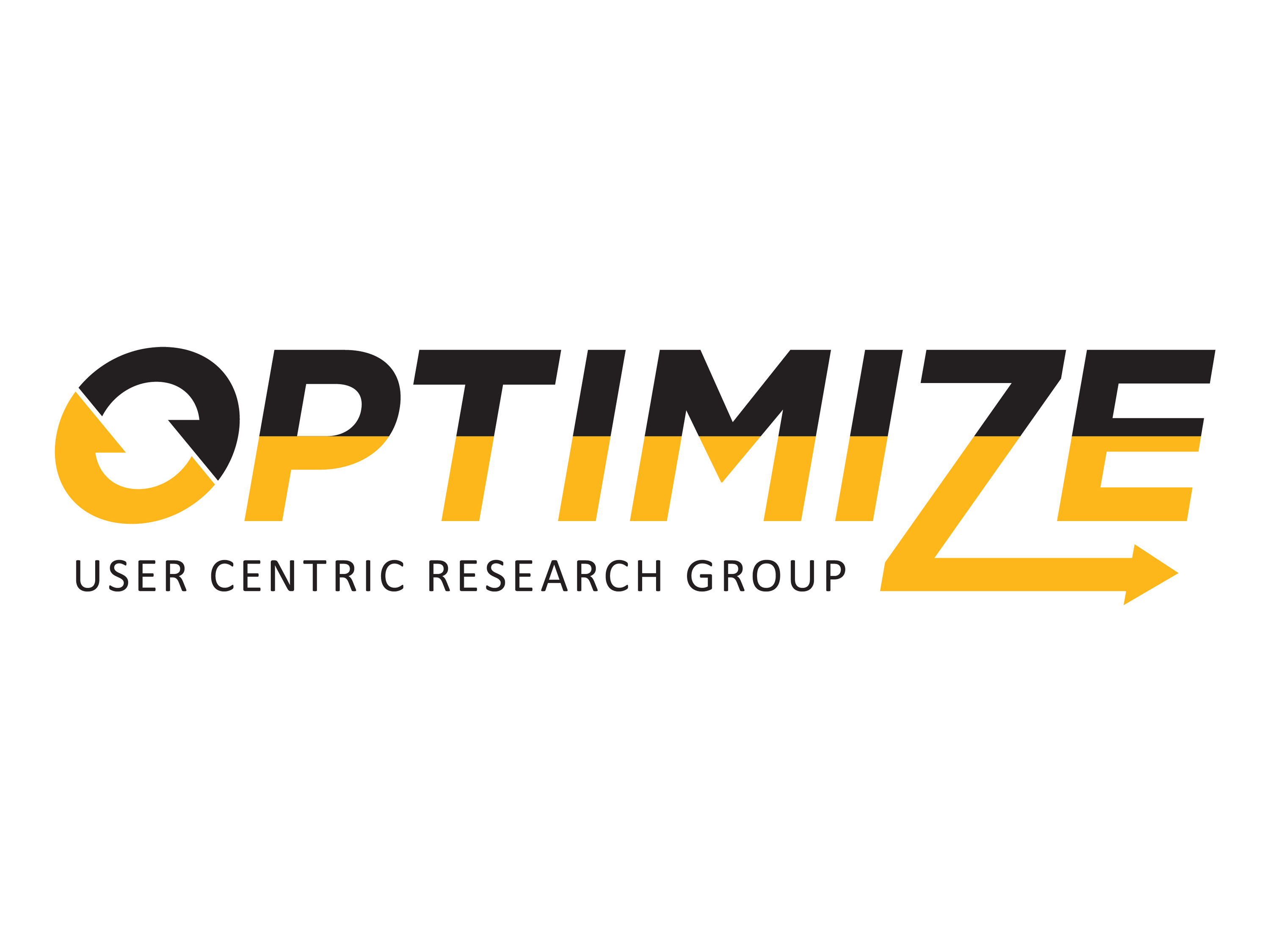
INFORMATION ARCHITECTURE
Depending on the content, there may be various ways to organize information to match the target audience’s schemas and expectations. Together we can develop a content strategy – identify goals and determine the best structure. Services can include:
- Menu Design
- Card Sorting
- Tree Testing
Together we can develop a content strategy for your website or software – identify goals and determine the best structure. Depending on the content, there may be various ways to organize information: exact or subjective schemes.
For more information or to request a bid for services,
MENU DESIGN
- The Optimize team creates wire frames to guide content design
- Method used to visually represent pathways of information, consistent placement of like-elements, and priority of content
- Evaluation phase tests design prototypes for first-click impression to make sure the interface elements and functions match a predictable behavior and are appropriate to help with task completion, efficiency, and satisfaction.
CARD SORTING
- Method for defining content structure by exploring how users visualize and cluster information
- Open sorts present participants with many information items to group and name the category; can be subdivided into smaller groupings
- Closed sorts present participants with predefined categories for sorting the information
- Depending on the project and design phase, we can collect user data in-person or online
- Results generate an overall structure for site content as well as implications for navigation, menus, and possible taxonomies
TREE TESTING
- Evaluation conducted early in the product design lifecycle
- A structure analysis that tests the “findability” of information on your website or software
- We test users ability to successfully locate information on a simplified text version of site without influence of visual and navigational aids
- Results used to validate the structure and prove its effectiveness and inform the final interface design


